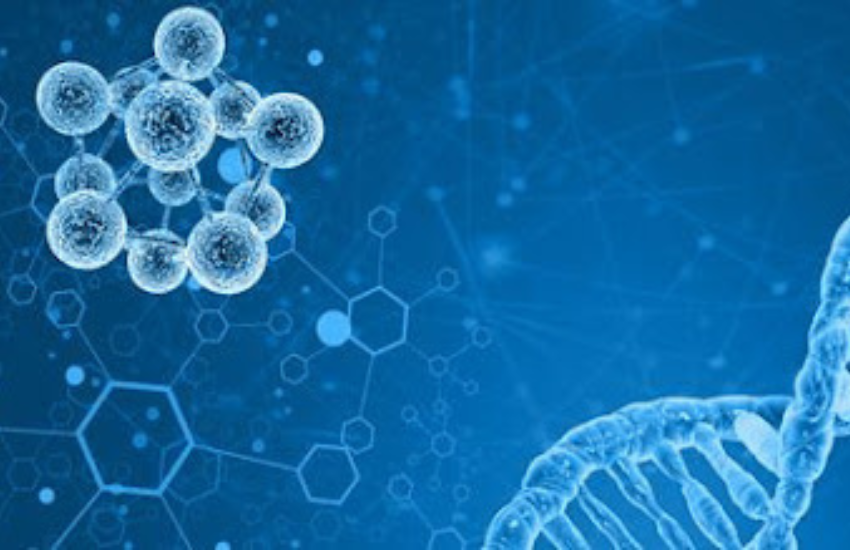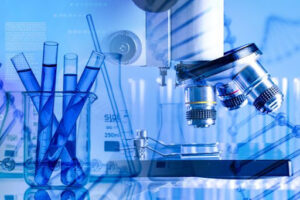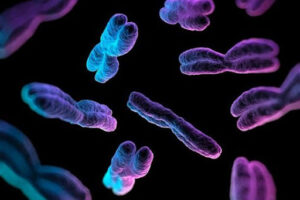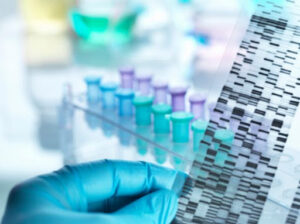
Have you ever wondered about genetic testing? Our genes are the building blocks of our heredity and contain DNA or RNA sequences that get passed down from generation to generation. Genetic testing is a way to analyse these sequences in our blood, bodily fluids, or cells to identify genetic information, defects, and the expression of traits. It involves taking a sample of peripheral venous blood or other tissue cells from the subject being tested, amplifying their genetic information, and then testing the DNA molecules in the subject's cells using specific equipment to analyse the types of genes and genetic defects they contain, as well as whether their expression function is normal. This can help us understand the causes of disease and predict the risk of developing certain conditions.
Genetic testing can be used for disease diagnosis and also for predicting disease risk. Disease diagnosis involves using genetic testing to detect mutated genes that cause genetic diseases. The most widely used genetic testing is for the detection of genetic diseases in newborns, the diagnosis of inherited diseases, and the auxiliary diagnosis of some common diseases.
There are generally three types of genetic testing methods: biochemical testing, chromosome analysis and DNA analysis.

Biochemical testing Biochemical testing is a chemical method that detects the presence of related proteins or substances in blood, urine, amniotic fluid, or amniotic cell samples, to determine whether there is a genetic defect. This method is used to diagnose certain genetic defects that are caused by an imbalance in the protein that maintains normal bodily functions, usually by testing the protein content. It can also be used to diagnose conditions such as phenylketonuria.
 Chromosome analysis
Chromosome analysis directly detects abnormalities in the number and structure of chromosomes rather than checking for mutations or abnormalities in a specific gene on a chromosome. It is usually used to diagnose foetal abnormalities.
The most common chromosomal abnormality is an extra chromosome. Cells used for testing are usually obtained from blood samples, and if the foetus is being tested, they are obtained through amniocentesis or chorionic villus sampling. The cells are stained to highlight the chromosomes, and then observed using a high-powered microscope to determine if there are any abnormalities.
Chromosome analysis
Chromosome analysis directly detects abnormalities in the number and structure of chromosomes rather than checking for mutations or abnormalities in a specific gene on a chromosome. It is usually used to diagnose foetal abnormalities.
The most common chromosomal abnormality is an extra chromosome. Cells used for testing are usually obtained from blood samples, and if the foetus is being tested, they are obtained through amniocentesis or chorionic villus sampling. The cells are stained to highlight the chromosomes, and then observed using a high-powered microscope to determine if there are any abnormalities.
 DNA Analysis
DNA analysis is mainly used to identify genetic diseases caused by single gene abnormalities, such as Huntington's disease. The cells used for DNA analysis are usually obtained from blood or foetal cells.
Genetic Testing: Identifying Hereditary Disease Risk
Some cancers are related to genetics, and many diseases, such as diabetes and cardiovascular disease, are also related to genetic factors. For example, people with cancer or multiple genetic diseases (such as Alzheimer's, hypertension, diabetes, etc.) can identify the pathogenic genes, which can help them adjust their lifestyles specifically, to prevent or delay the onset of the disease.
DNA Analysis
DNA analysis is mainly used to identify genetic diseases caused by single gene abnormalities, such as Huntington's disease. The cells used for DNA analysis are usually obtained from blood or foetal cells.
Genetic Testing: Identifying Hereditary Disease Risk
Some cancers are related to genetics, and many diseases, such as diabetes and cardiovascular disease, are also related to genetic factors. For example, people with cancer or multiple genetic diseases (such as Alzheimer's, hypertension, diabetes, etc.) can identify the pathogenic genes, which can help them adjust their lifestyles specifically, to prevent or delay the onset of the disease.

Biochemical testing Biochemical testing is a chemical method that detects the presence of related proteins or substances in blood, urine, amniotic fluid, or amniotic cell samples, to determine whether there is a genetic defect. This method is used to diagnose certain genetic defects that are caused by an imbalance in the protein that maintains normal bodily functions, usually by testing the protein content. It can also be used to diagnose conditions such as phenylketonuria.
 Chromosome analysis
Chromosome analysis directly detects abnormalities in the number and structure of chromosomes rather than checking for mutations or abnormalities in a specific gene on a chromosome. It is usually used to diagnose foetal abnormalities.
The most common chromosomal abnormality is an extra chromosome. Cells used for testing are usually obtained from blood samples, and if the foetus is being tested, they are obtained through amniocentesis or chorionic villus sampling. The cells are stained to highlight the chromosomes, and then observed using a high-powered microscope to determine if there are any abnormalities.
Chromosome analysis
Chromosome analysis directly detects abnormalities in the number and structure of chromosomes rather than checking for mutations or abnormalities in a specific gene on a chromosome. It is usually used to diagnose foetal abnormalities.
The most common chromosomal abnormality is an extra chromosome. Cells used for testing are usually obtained from blood samples, and if the foetus is being tested, they are obtained through amniocentesis or chorionic villus sampling. The cells are stained to highlight the chromosomes, and then observed using a high-powered microscope to determine if there are any abnormalities.
 DNA Analysis
DNA analysis is mainly used to identify genetic diseases caused by single gene abnormalities, such as Huntington's disease. The cells used for DNA analysis are usually obtained from blood or foetal cells.
Genetic Testing: Identifying Hereditary Disease Risk
Some cancers are related to genetics, and many diseases, such as diabetes and cardiovascular disease, are also related to genetic factors. For example, people with cancer or multiple genetic diseases (such as Alzheimer's, hypertension, diabetes, etc.) can identify the pathogenic genes, which can help them adjust their lifestyles specifically, to prevent or delay the onset of the disease.
DNA Analysis
DNA analysis is mainly used to identify genetic diseases caused by single gene abnormalities, such as Huntington's disease. The cells used for DNA analysis are usually obtained from blood or foetal cells.
Genetic Testing: Identifying Hereditary Disease Risk
Some cancers are related to genetics, and many diseases, such as diabetes and cardiovascular disease, are also related to genetic factors. For example, people with cancer or multiple genetic diseases (such as Alzheimer's, hypertension, diabetes, etc.) can identify the pathogenic genes, which can help them adjust their lifestyles specifically, to prevent or delay the onset of the disease. 



